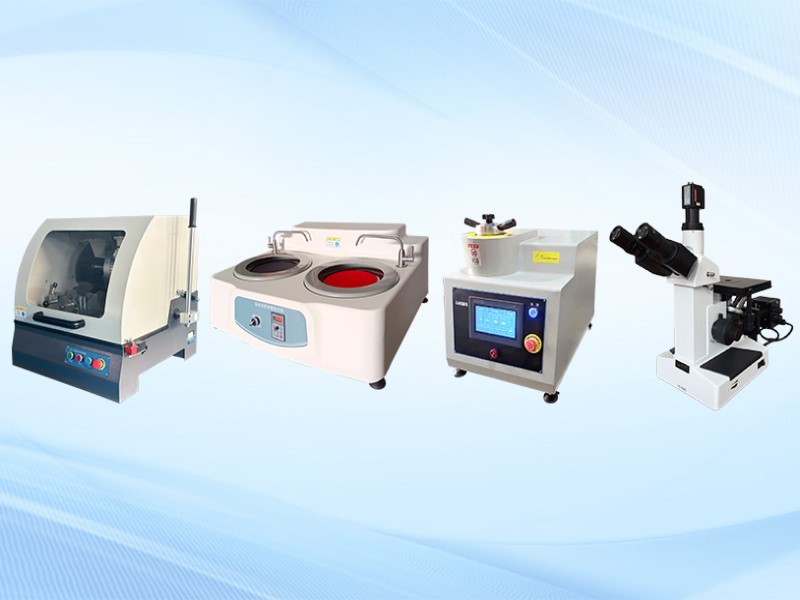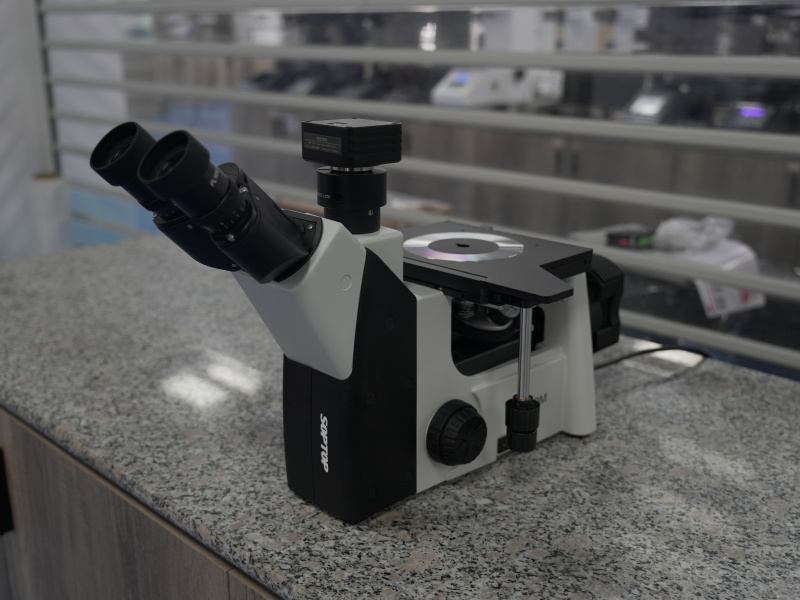
Aluminum and aluminum products are widely used in industrial production, and different application fields have significantly different requirements for the microstructure of aluminum products. For example, in the aerospace field, the AMS 2482 standard sets very clear requirements for grain size and fixture dimensions; in automotive radiators, there are strict requirements for the porosity of aluminum alloy components. The purpose of metallographic analysis is therefore to determine whether a product is qualified by analyzing its microstructure.
Metallographic analysis uses an optical microscope to observe and record the characteristics of the microstructure of aluminum and aluminum alloys, such as grain size, morphology, and uniformity, in order to determine the strength and plasticity of the material. It can also be used to analyze the size, density, type, and other properties of secondary phases. During the observation process, there are requirements for the surface finish and flatness of the workpiece. Usually, metallographic sample preparation is required before a metallographic analysis test to eliminate surface damage, reveal the true metallographic structure of the workpiece, and ensure that the subsequent analysis data is more accurate.

The sample preparation steps for metallographic analysis of aluminum alloy products generally consist of metallographic cutting, mounting, grinding and polishing, and corrosion . A metallographic cutting machine is required for the sampling process, which is equipped with the water cooling system to prevent product deformation, surface burning, and structure damage during cutting.
For the mounting process, hot mounting or cold mounting can be selected as needed; hot mounting is mostly used for conventional aluminum products. During the grinding and polishing process, since aluminum products have relatively low hardness, using appropriate sandpaper and polishing cloth combined with polishing fluid can help achieve a better sample surface until a mirror finish is obtained.
Finally, for the corrosion process, it is recommended to use a mild alkaline corrosive solution to avoid damaging the microstructure. After corrosion, the sample can be placed under a microscope for metallographic analysis.
Post time: Sep-30-2025







